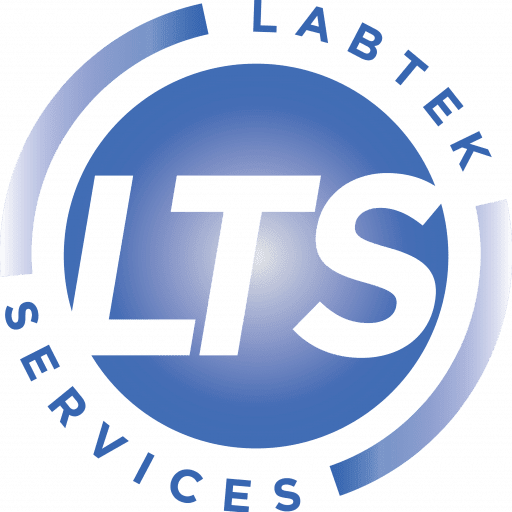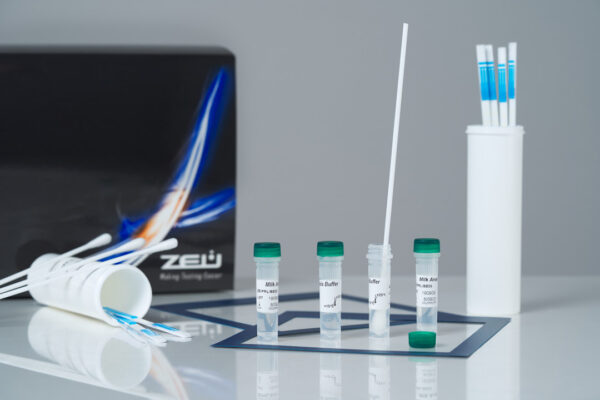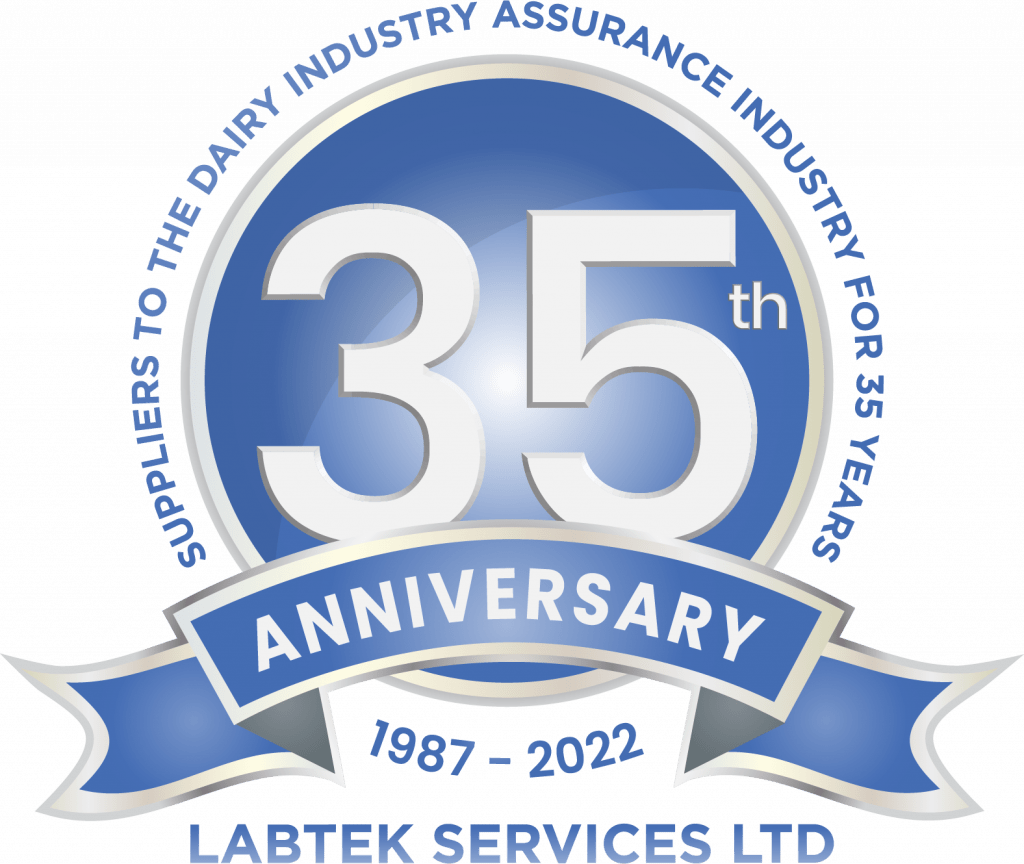Description
Milk allergen test kit: PROTEON Duo Milk Express
In 10 minutes and without equipment, anyone can verify that your production is free from milk.
Are you considering of doing allergen control but you do not know how to approach it?
Do you want to verify cleaning between productions when sharing production lines?
Do you have many products to analyse and you need results immediately or within a day?
Are you implementing IFS, BR or ISO 22000 2005 quality standards?
Do you work with powdered milk and you could have contaminations after cleaning?
HOW DOES THE MILK ALLERGEN TEST KIT HELP YOU?
The speed and simplicity of the Proteon Express tests allow adapting the allergen analysis to the time and place you need. The simultaneous detection of casein and β-lactoglobulin in two different lines of the same strip is especially useful in those situations where the origin of the milk is unknown; for example, control of suppliers or industries sharing production lines with and without milk or milk byproducts (whey or caseinates). If your products are highly processed Proteon Duo Milk helps you to detect the presence of milk as casein is stable at high temperatures.
Having specific information will allow us to make immediate decisions between productions, detect insufficient cleanings, control critical points of contamination and ensure the release of your product to the market without risk.
TEST PRINCIPLE
Immunochromatographic assay, in a fast strip format, based on the detection of casein and β-lactoglobulin by specific antibodies in a non-competitive sandwich assay.
TECHNICAL DATA
- Limit of detection:
Casein: 4.2 ppm (4.2 ppm milk proteins).
β-lactoglobulin: 0.1 ppm (0.1 ppm milk proteins). - Limit of detection in surfaces: 0.7 µg of total milk proteins.
- Assay time: 10 min.
Validations:
Internal validation following International guidelines:
Appendix M: Validation Procedures for Quantitative. Food Allergen ELISA Methods: Community Guidance and Best Practices. AOAC 2012 (http://www.eoma.aoac.org/app_m.pdf).
Appendix F: Guidelines for Standard Method Performance Requirements. Official Methods of Analysis (2016), AOAC INTERNATIONAL, Rockville, MD, USA (http://www.eoma.aoac.org/app_f.pdf)
Standard Method Performance Requirements (SMPRs®) for Detection and Quantitation of Selected Food Allergens. AOAC SMPR 2016.002. AOAC INTERNATIONAL, Rockville, MD, USA (https://www.aoac.org/aoac_prod_imis/AOAC_Docs/SMPRs/SMPR%202016_002.pdf).
Standard Method Performance Requirements (SMPRs®) for Quantitation of Milk by ELISA-Based Methods. AOAC SMPRs® 2018.003 (https://www.aoac.org/wp-content/uploads/2019/09/SMPR2018_009.pdf)
Galan-Malo et al. (2019). Development of a novel duplex lateral flow test for simultaneous detection of casein and β-lactoglobulin in food. Food Chemistry (293) 41-48.
Galan-Malo et al. (2017) Detection of egg and milk residues on working surfaces by ELISA and lateral flow immunoassays test. Food Control (74) 45-53.
Supporting bibliography for validation of antibodies and extraction methods of food samples:
De Luis et al. (2008) Evaluation of indirect competitive and double antibody sandwich ELISA tests to determine β-lactoglobulin and ovomucoid in model processed foods. Food and Agricultural Immunology, 19: 339-350.
Legislation:
Regulation (EU) No 1169/2011 of the European Parliament and of the Council of 25 October 2011 on the provision of food information to consumers, amending Regulations (EC) No 1924/2006 and (EC) No 1925/2006 of the European Parliament and of the Council, and repealing Commission Directive 87/250/EEC, Council Directive 90/496/EEC, Commission Directive 1999/10/EC, Directive 2000/13/EC of the European Parliament and of the Council, Commission Directives 2002/67/EC and 2008/5/EC and Commission Regulation (EC) No 608/2004 Text with EEA relevance.







